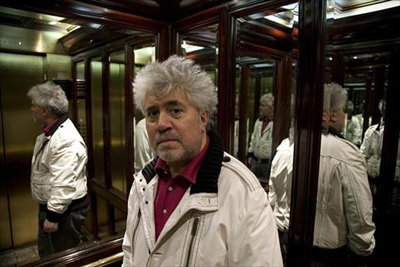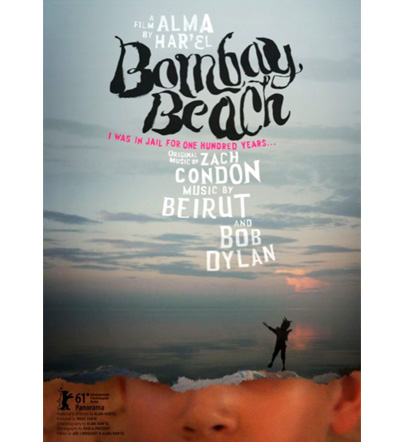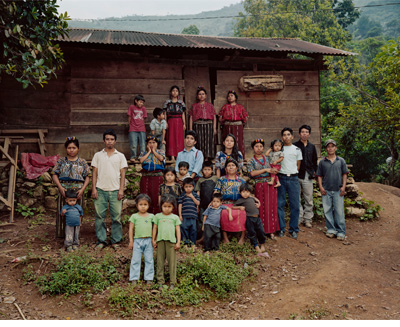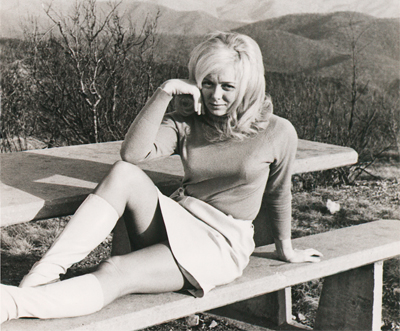

Pedro Almodóvar All Photography by Derek Peck
From my regular column in AnOther magazine.
Pedro Almodóvar was recently in New York for the premiere of his new film, The Skin I Live In, at the New York Film Festival. Some months ago, my editors and I decided that it might be nice to meet occasionally with non-New York artists as they’re passing through town, musing that it would lend itself well to the “New York Minute” theme. Naturally, I jumped at the opportunity to meet with Almodóvar, one of the true great living auteurs.
When I arrive to his suite at the Peninsula Hotel he is surrounded by staff – a translator, a pr agent, and a personal assistant – but they quickly disperse and Almodóvar and I sit down on the sofa to talk. I notice a book on the coffee table that I had just seen a couple of nights earlier in his film. It’s a collection of short stories by Alice Munro, a Spanish edition titled Escapada (Escape), though the title in English is Runaway. In the film, it appeared ever so briefly, a visual cue inserted at just the right moment in a story about abduction, captivity, and physical transformation against one’s will. The book seems as good a place to start as any, so I ask him if it’s the one in the film. “Yes, he says, “that is the one. I like her very much as a writer, but I have lots of these things in my movies, various clues and references. Of course, they are there as part of the movie, the story, so if you watch it two or three times you can still discover things. But I don’t only do it for the story and the audience; they are there also for me.”




 Facebook
Facebook Permalink
Permalink Digg
Digg Reddit
Reddit LinkedIn
LinkedIn StumbleUpon
StumbleUpon Tumblr
Tumblr









